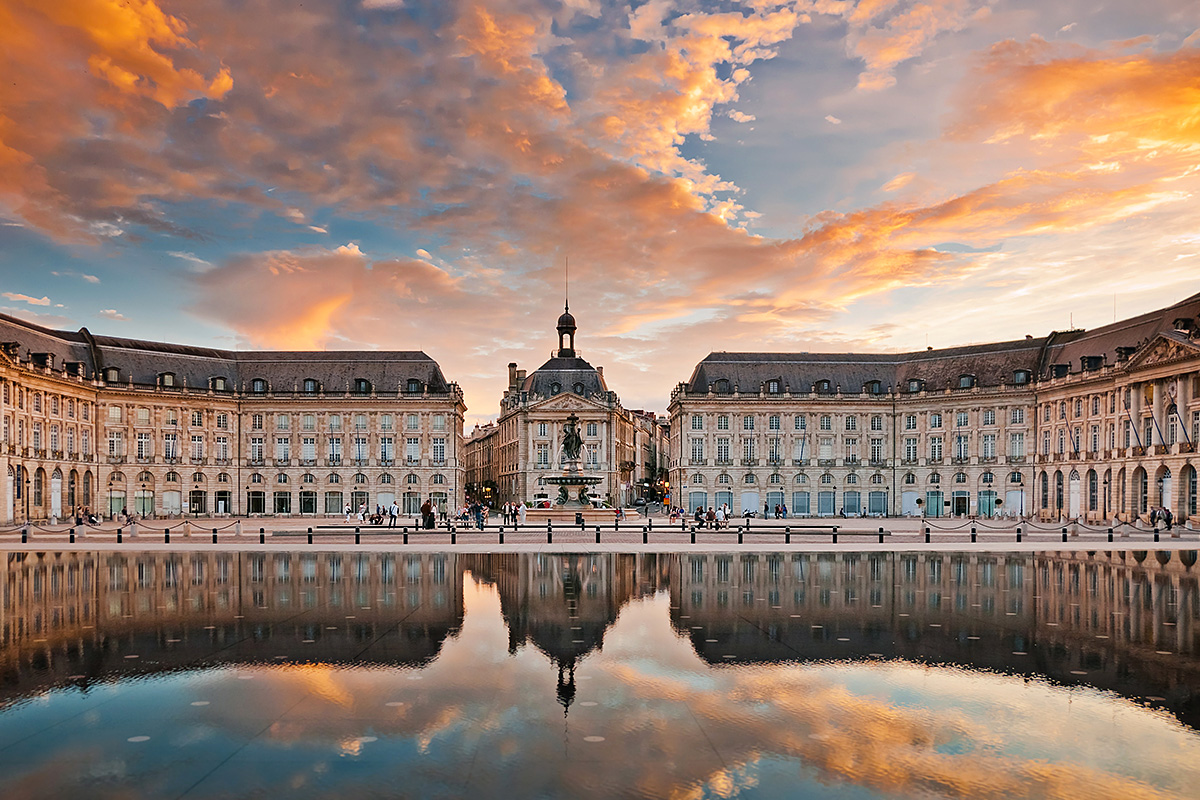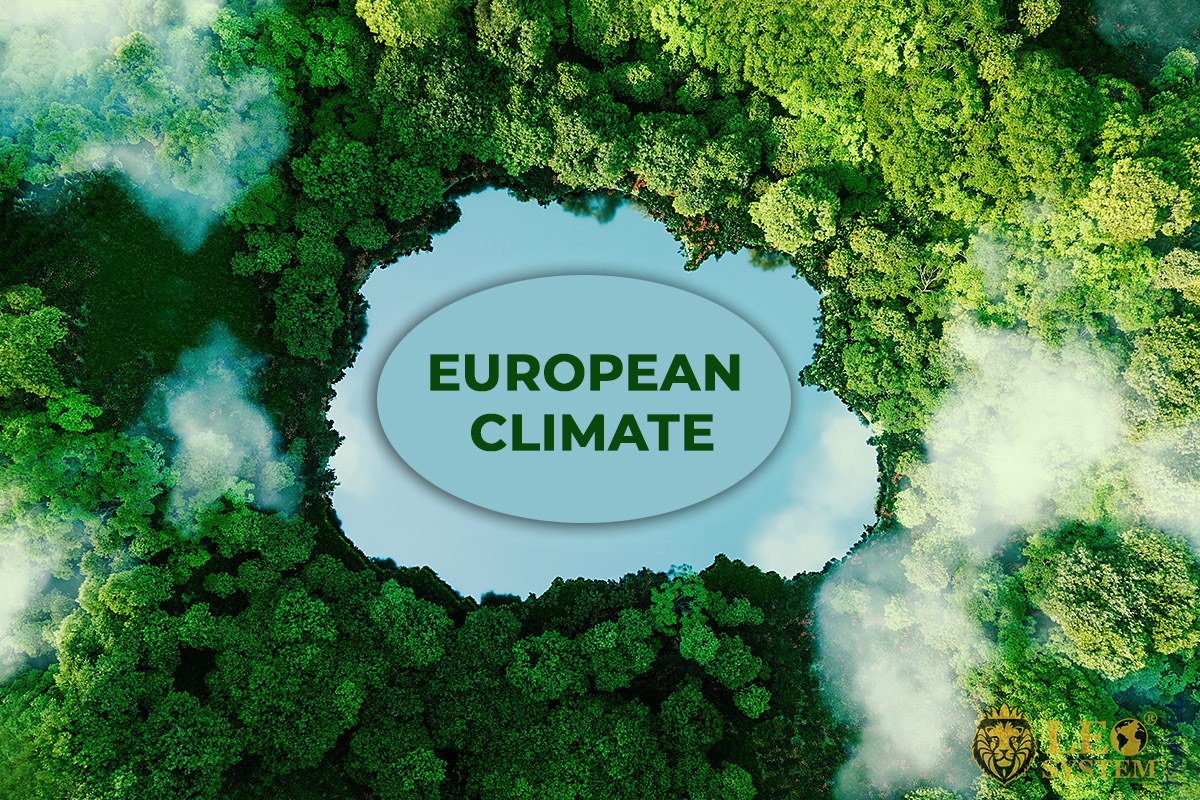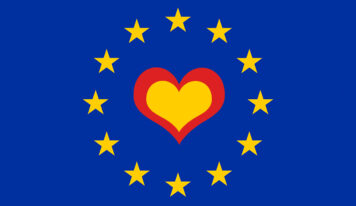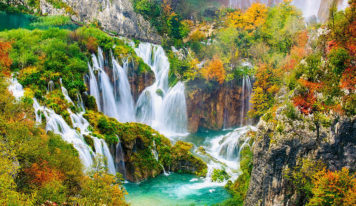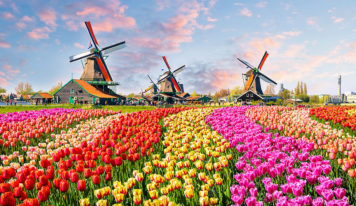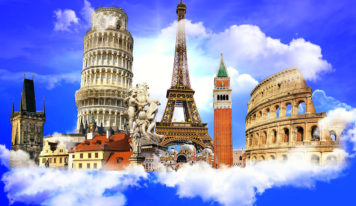Features of the European Climate see seasonal temperatures consistent with most temperate climates. The summer is slightly less hot than the temperatures in North America, making traveling anywhere in Europe perfect most of the year.
Obviously, the further South we travel, the hotter the weather in summer, and while further north, cooler weather prevails. The diverse and beautiful climate offers something for everyone, and we will take a look at it now.
The European Union.
The climate here is conditioned by the Gulf Stream, which makes the European climate warmer with more rain than it would otherwise have.
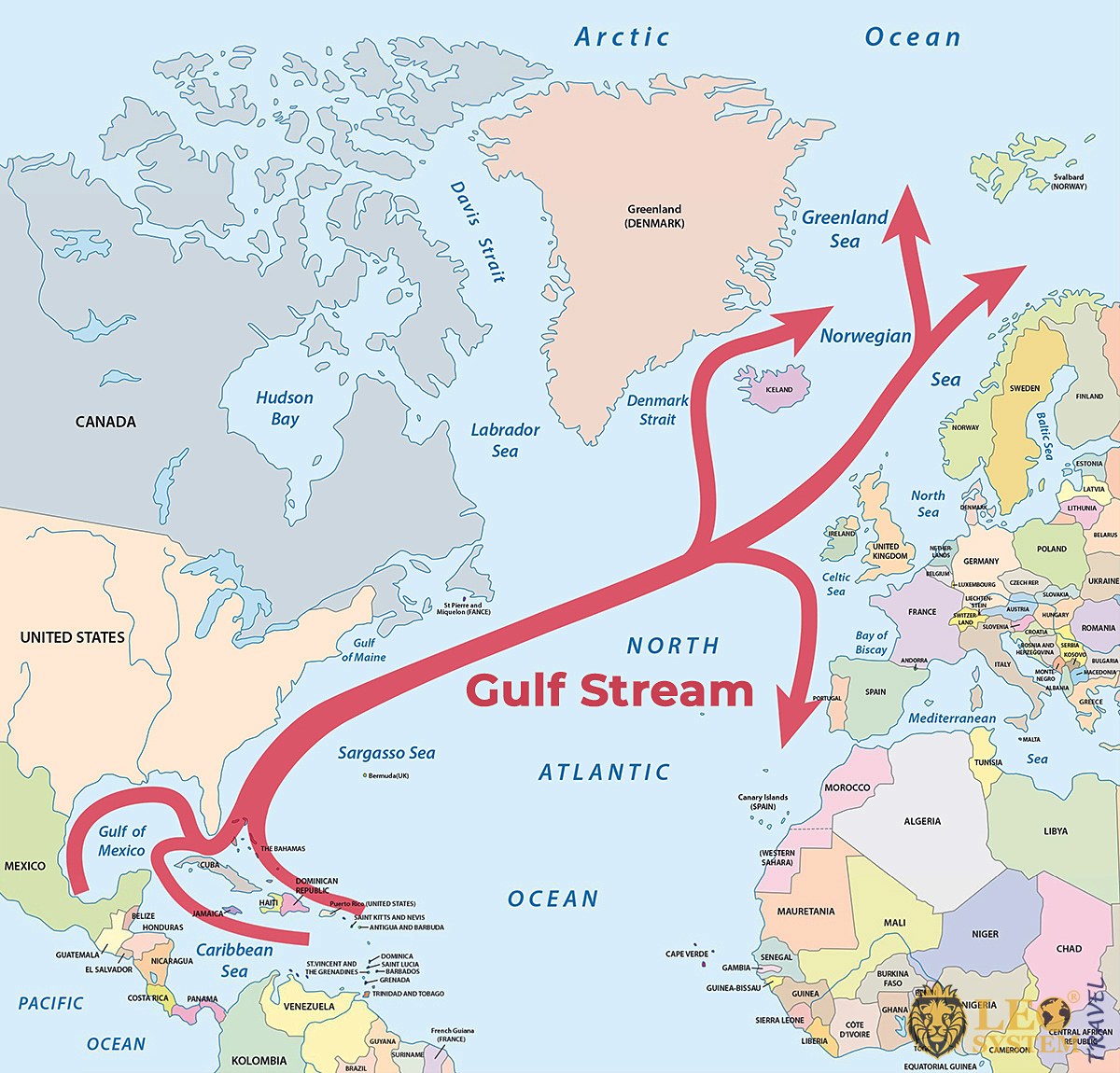
In the northern part of Europe, it is almost 15 degrees warmer than the January average found in North America, the comparison is interesting as it shows the true moderating effect of the Gulf Stream on climate in Europe.
Climate Change.
Features of the European climate have resulted in an increase in temperature in the last 50 years. Global temperature rises across Europe are expected to exceed 2 degrees C by 2050. So, Europe is embracing the reduction of Greenhouse Gas emissions to try to mitigate the rise in temperature and guard against extreme weather and the health risks that come with it.
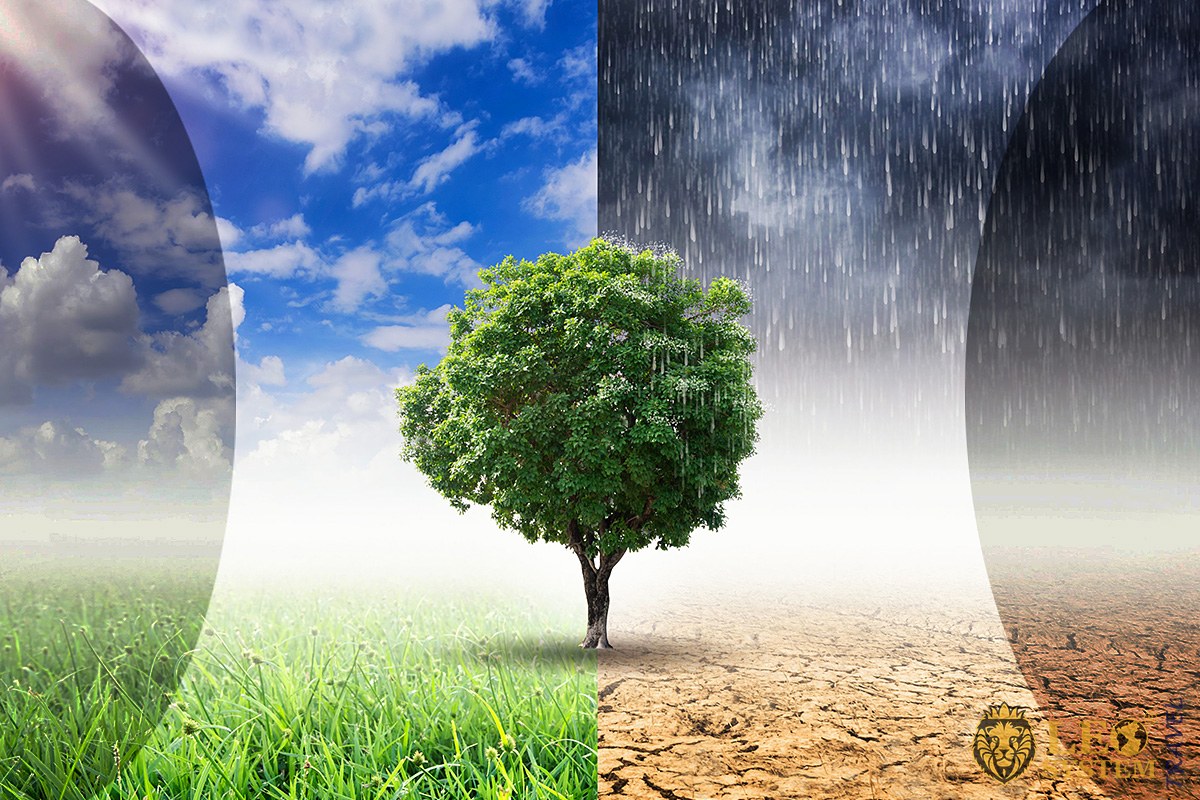
Over 90% of European residents believe that their children will be adversely affected by climate change, and are shifting their practices accordingly. But in general, the climate is changing on every continent in the world, and Europe is one of the best places to live permanently.
Central Europe Plains.
In parts of Europe, a hybrid climate is experienced, with often wet winters and warm dry summers. The Southeast coast experiences an arid climate, and this is the only place in Europe with desert climate conditions. The dry hot climate is attractive to people with certain medical conditions and many people purchase a home there to travel to in the Northern winter.
The European Climate.
Europe covers about 2% of the surface of the Earth. It has about 10% of the total world population, all living in the different countries of Europe, and those further from the sea notice greater seasonal differences than those near the coast.
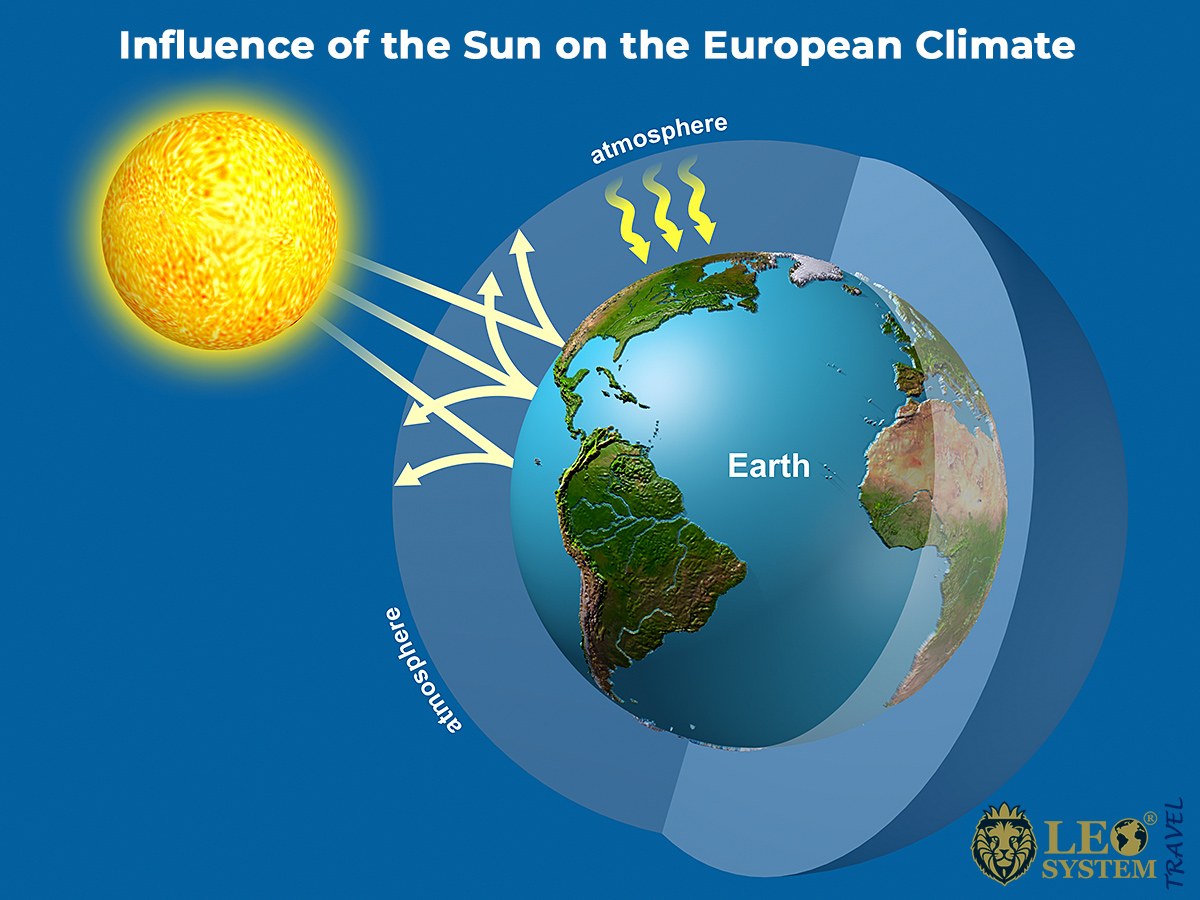
Since the European Union was formed it is much easier to travel through the different countries, and when taking a bus trip through the lovely countryside you cross borders seamlessly, which was once impossible.
Features of the European climate are evident in the changing foliage as we move into autumn, and the bright colors of the falling leaves are supposed to indicate that a cold winter is ahead. Europe is bordered by the Arctic Ocean to the North, the Atlantic Ocean to the West, and of course, the Mediterranean Sea to the South.
Tornadoes.
Some countries to the North have a few tornadoes every year, with high winds and minor damage. The tornados are measured on the TORRO Scale, their own specific scale rated from T0 for weak to T11 for severe. Sometimes a waterspout occurs in the Channel, these are usually small and move away quickly.
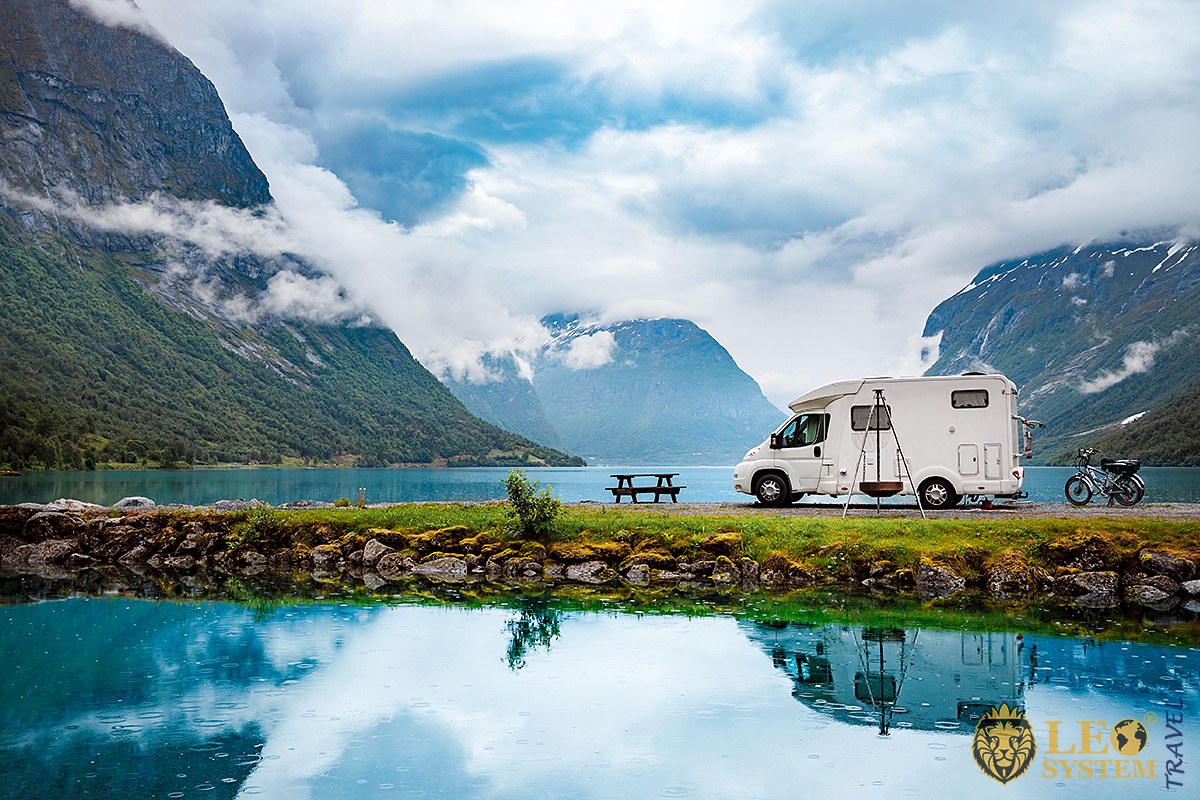
The Northern waters are very cold, and most swimmers wear a wetsuit when taking a swim. Many swimmers try to break the record for Swimming the Channel, making regular attempts.
Snow in Europe.
Normally, there is snow across the ski resorts of Europe. But in recent years, much of Europe has been experiencing unnaturally warm weather conditions. Across the lower slopes of the alps, skiing is impossible due to no snow and torrential rain.
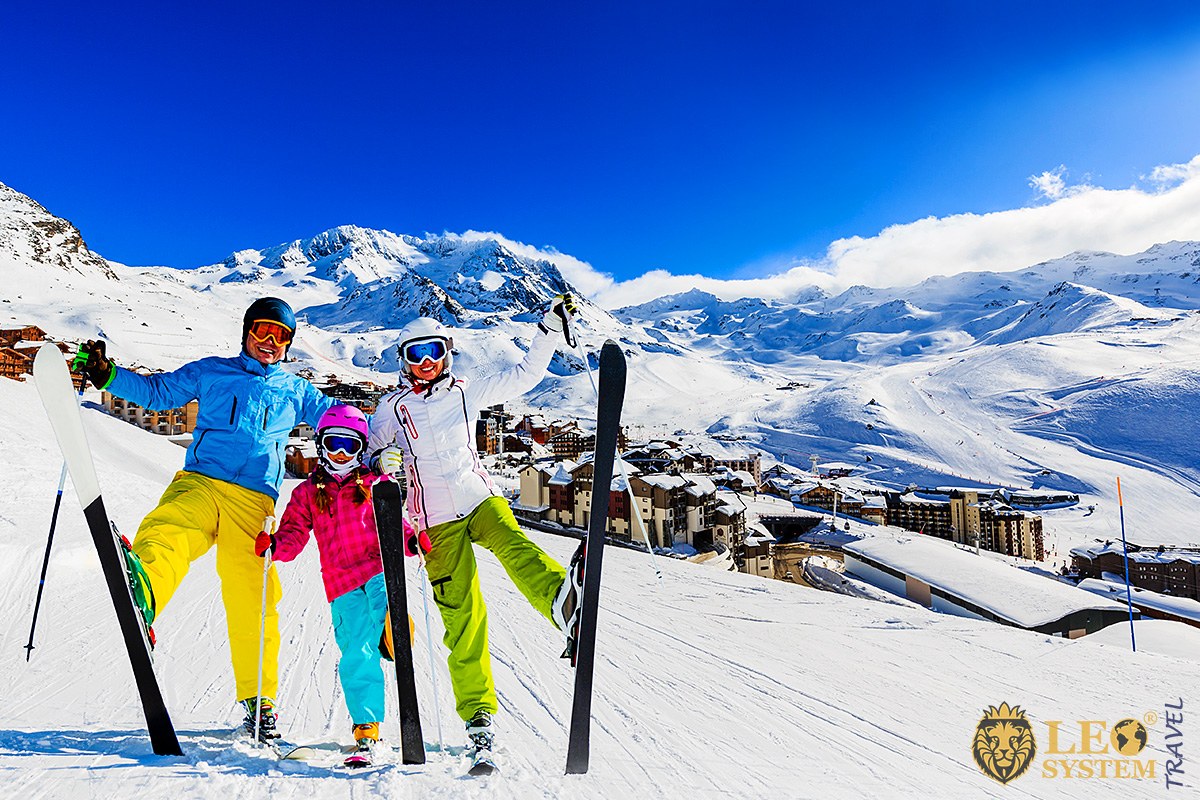
In some countries, skiing has never been possible as there are no really high mountains, and although snow does fall, most people rely on travel to Europe’s Continent for the best skiing holidays. Europe has seen a lot of changes in weather patterns and most residents are hopeful that snow will return in the future.
Conclusion.
Much of Europe sees temperatures that are seasonally consistent with the rest of the world, and the coldest winters are found in the North. If you want the heat, travel to the South. Most of us never tire of talking about the weather, and with the extent and impact of climate change happening, we are going to hear a lot more about it in the years to come.
Read the article: How Is The New Year Celebrated In European Countries?

